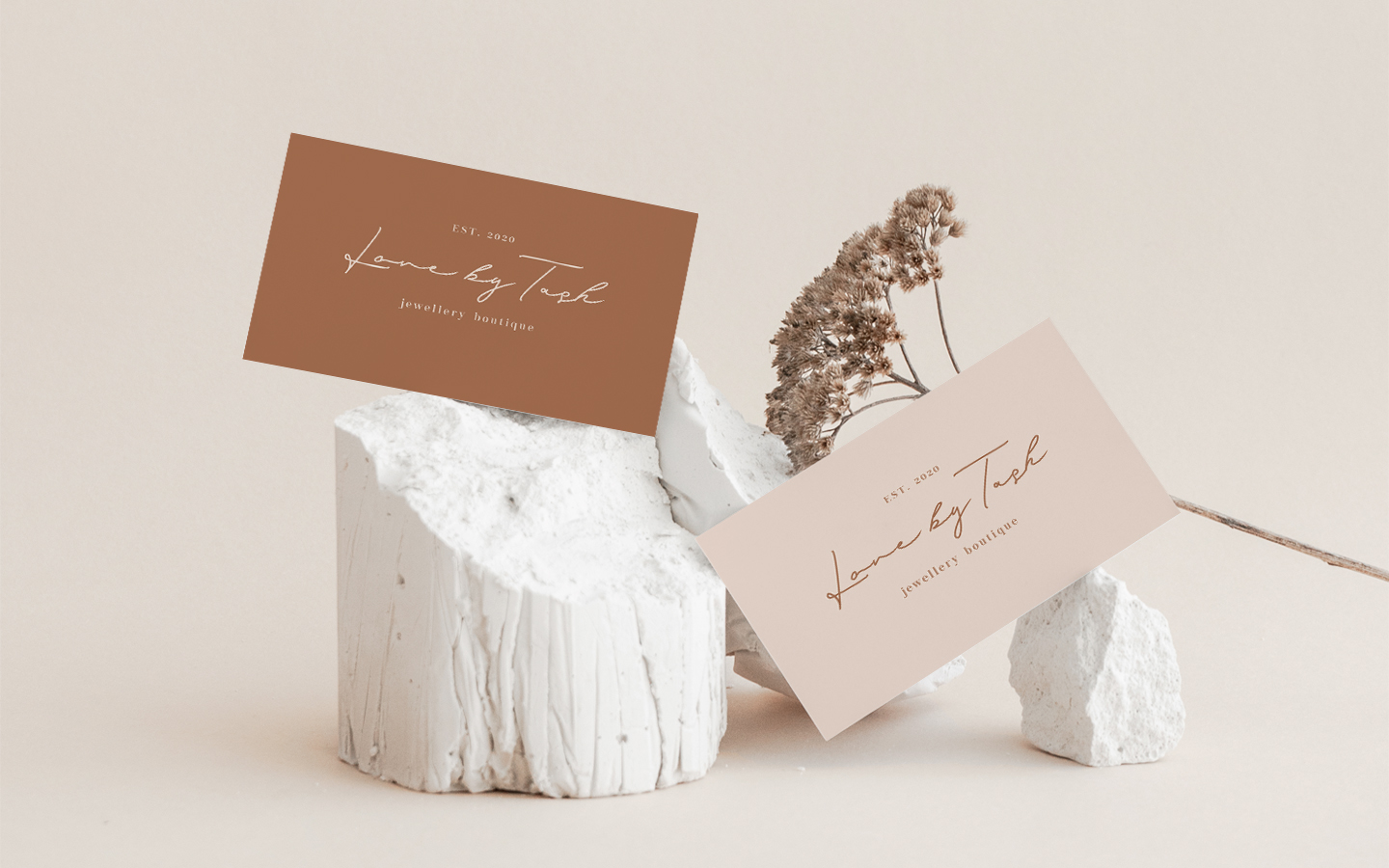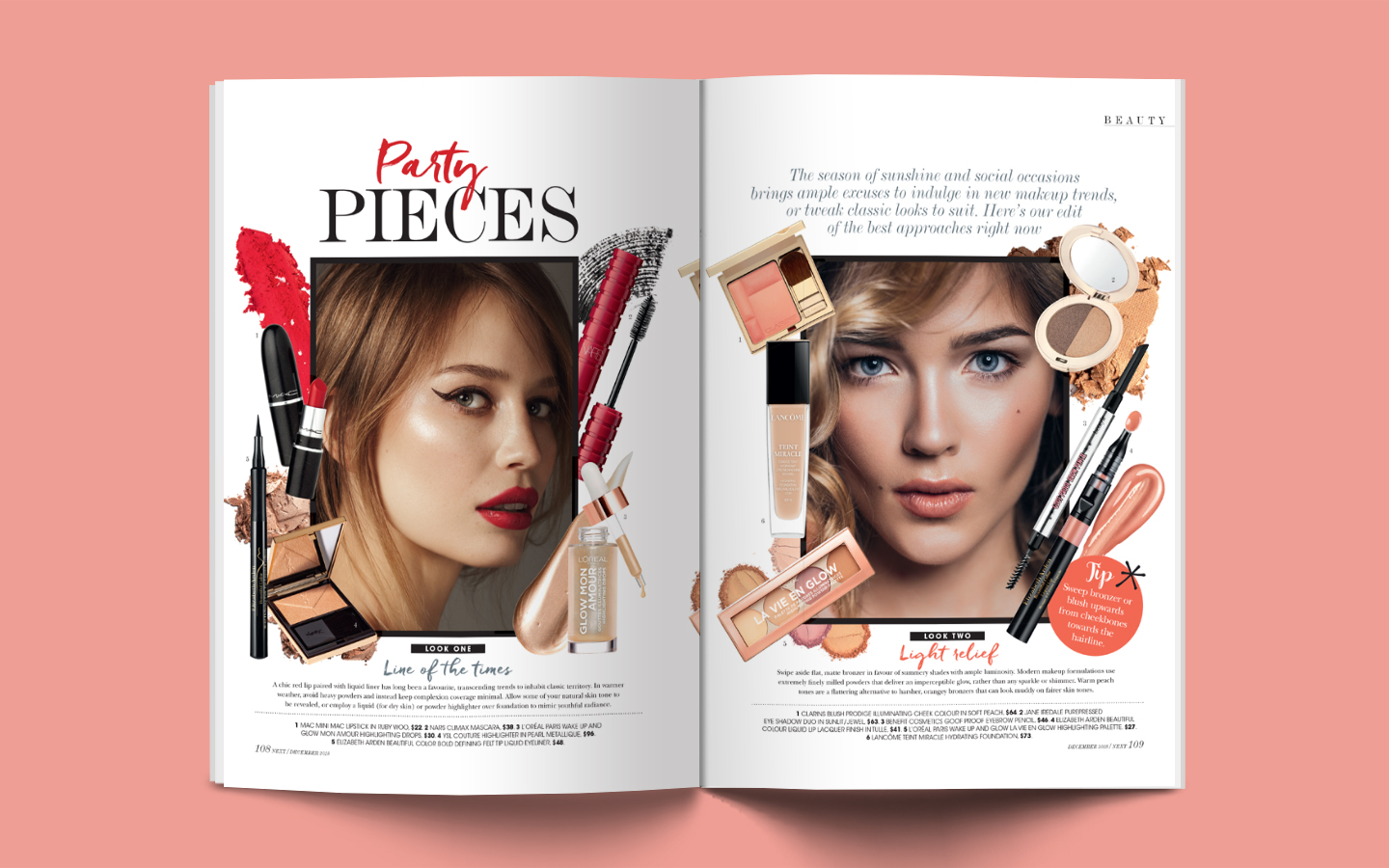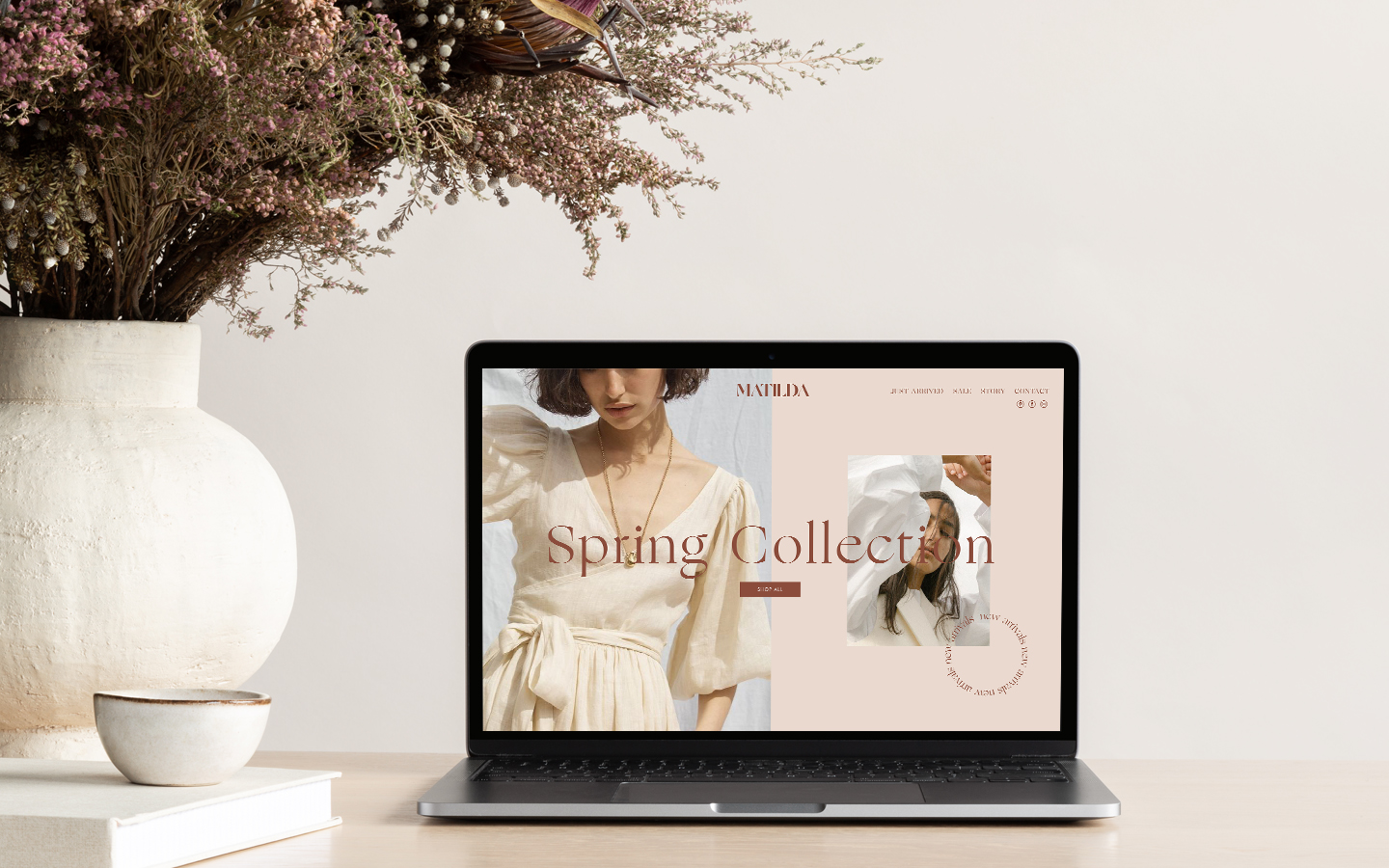Women in Design — Artia Simamora

Who were your early creative influencers?
There’s no one creative person that really influenced me, but back in the 90s when I was in primary school, I was a big fan of MTV’s channel. I watched their shows almost every day and I was obsessed with their logos, graphics, motion graphics, video clips and the colourful 90s style that they created. It blew my mind and it made me think, ‘One day, I want to work for MTV!’ That was the start of it all. During junior high school, I loved creating mood boards manually, by cutting out images from girly and gossip magazines, newspapers, posters, and making them into book covers. One day my sister was watching me work on a mood board and said, “I think you should go to design school and be a designer.” I just never realised that I wanted to be a designer until my sister told me. I don’t know what I would have become if she never said that to me!

You moved to NZ to Study Graphic Design… Where did you study and what did you enjoy most about those early stages of your design career?
I moved to New Zealand in 2011 and studied a Diploma of Graphic Design at Natcoll Design Technology – which became Yoobee Design School in 2012. But I finished my Bachelor’s degree in advertising design back in Indonesia in 2006, and got my first job in an advertising agency in Jakarta as soon as I graduated. I worked for a year as a junior art director and really enjoyed my time there. From designing print ads, brainstorming and executing TV and radio ads, pitching and presenting my work to clients, catching up on deadlines and working overtime… I learned so much in only a year! It wasn’t just all the tasks I had to do, it was also the pressure to be creative and execute your ideas every single day for different clients. It challenged me a lot. But I appreciate pressure, as it makes me think outside of the box, be different, bold and firm with my ideas, and defend myself so that people appreciate my creativity. Not to mention, the teamwork at the agency was amazing as everyone was on the same page; we had the same background, the same pressure and the same goals. We became really close – like a family – and helped each other out.

How does the creative scene here differ from Indonesia?
There are two big things that are different between New Zealand and Indonesia. First, in New Zealand they appreciate every little thing that I do in terms of design work and art. No matter how big or small the project is, people are very genuine in terms of giving comments and feedback, or sharing their appreciation and compliments. Whereas in Indonesia, there are such high standards if you want to be a designer or art director. Being a graphic designer isn’t really a popular job and people don’t appreciate it as much, because the more popular jobs in Indonesia are careers like doctors, lawyers or engineers – and these are all titles that require a high level of education. So in order to be seen and appreciated as a designer, you have to be really good at what you do and you have to set your goals high to compete with others and show people that you’re good at it. I guess that’s what makes Indonesian designers really hard workers, who are ambitious, able to work under pressure and have good work etiquette.
Secondly, the taste in design is very different. In New Zealand, it’s more aesthetic, simple and straight-forward and I think it’s because of the culture and population here. Kiwis have more low-key personalities, they’re more relaxed and laidback. It’s a smaller population as well, so it’s easier to speak to the audience through design or artwork. In Indonesia, designs are more vibrant, colourful, busy and bright, and there are more options too. There are 270 million people in the country, with 300 ethnic groups, so when we design a piece of artwork, we have to speak to a big population that has different cultures, perspectives and lifestyles. That why designers in Indonesia are so unique and creative.

Can you tell us about your career milestones and what lead to your founding Artia Design Studio?
I’ve been working as a graphic designer for about eight years across different companies: DM Pratama Advertising Agency, Jazz Print Printing Company, AA Tourism Publishing, Bauer Media and Forte Flooring. I’ve also been working as a freelancer since 2014. For the last few years, I had been dreaming about having my own design studio. It was always going to be in the future, but I wanted to work as a creative director in an advertising or design agency first. Why? Because I wanted to make sure that when I was ready to create my own business, I would have the experience behind me, with the full knowledge about how to run a design studio by myself with confidence. But that never happened – I applied to agencies millions of times but I just never got the role.
Last year, I applied for a role in a small publishing company and the director told me, “I don’t think this job is right for you. You should apply to a big adverting agency such as Saatchi & Saatchi because you’re very talented and I’m sure you would fit in there.” I thought, ‘If someone thinks I deserve to work in a big advertising agency, then why do I never get the job?’ I had that question stuck in my head until the end of last year, when I had a change of perspective: maybe I would never work for an ad agency because I was meant to create a design studio on my own? Then I wouldn’t just be the owner, but I’d also be the creative director. Ever since the lockdown earlier this year, I am 100% confident with my decision to start my own business, while keeping my full-time job as a designer. Running Artia Design Studio isn’t just about taking ownership of my business – it’s also about being able to work with my dream clients, putting no limits on my creativity, and taking the opportunity to do things that I love in this crazy world while I can. At the end of the day, life is too short not to!

What project are you most proud of and why?
I was very proud of myself when I got an offer to be the senior designer at Bauer Media’s Good Health & Wellbeing magazine last year. It was really challenging and exciting to take control and design a magazine by myself and to help my team work together – I was glad that I had the best team who supported each other. It wasn’t just designing the magazine that made me proud, it was also knowing that the magazine was published and seen around the country. Having my name printed on the first page of the magazine gave me such a thrill; I loved knowing that all of my hard work just paid off and that people were able to see my work.
Do you have a project that is memorable because it challenged you, if so what lessons did you learn from that work?
For me, it was a job I got in the early days of starting Artia Design Studio. I had a client who wanted to do a full rebrand, and she didn’t have much experience in terms of marketing and branding strategies. I had to help her design everything from creating a new logo to developing branding and marketing strategies for her website, social media and advertising. It was very memorable – and challenging! – because it was the first time in my life that I had to do everything by myself. I was used to working in a company where I had a boss and a team who could help guide me in difficult times. At the time, I also didn’t have a lot of experience of running a design studio, in terms of presenting my work to clients, looking after them and maintaining their business. After all, I’m the person that’s meant to be the expert in growing their business! The level of responsibility is very high, and you have to be very careful in what you say, as you don’t want to let your client down. You also have to be ready physically and mentally when you’re running your own company. You’re not just the boss, you’re also the web designer, the advertising and marketing manager, the public relations advisor, the accountant and the HR department.

What does career/creative success look like to you?
This is a very interesting question because I still don’t know what success is for me! Last week my client congratulated me on being successful with my business. I thought, ‘Oh, am I already successful?’ For me, even though I’m fully booked for the next two months, I feel like I still have a lot of work to do, especially since I only started my business earlier this year. I guess we just never feel satisfied with what we have and what we’re doing, or realise how close we are to our goals, because we always set our bars really high. It’s interesting to know how people see us and how others define success, as that’s something that we don’t often see in ourselves. For me, being successful in my career is being grateful with what I have. I may not be a well-known award-winning designer yet, and I may not have made a million dollars through my business, but I’m able to do what I really love. As a female Indonesian designer, I feel like I’m already successful by following my dreams in this beautiful country.

The best piece of advice I’ve received is…
“Don’t be a dreamer. Be a doer!”
The worst piece of advice I’ve received is…
“Don’t be a designer, you won’t make any money out of it.”
What do you hope for the future of design in New Zealand?
I just hope all Kiwi designers really take their talent seriously. Whatever happens in their life, I hope they never give up on their dreams. I’ve seen mums particularly, who give up their design careers to look after their families. There’s nothing wrong with that, and I really admire those supermums who make family their number one priority, but I hope they never put limits on their creativity. They need to realise that they’ve got skills and talent that no one has. Being a designer isn’t just a 9-to-5 job, working on a project in front of a computer. It’s also mentoring, consulting, teaching, developing a brand’s strategy – there’s so much potential! The beauty of design is that it’s not just about how good you are at designing, it’s that the freedom of creating something doesn’t have an age limit. Once you’re designing, just keep doing it, keep working on it because being a designer is fun and exciting.



